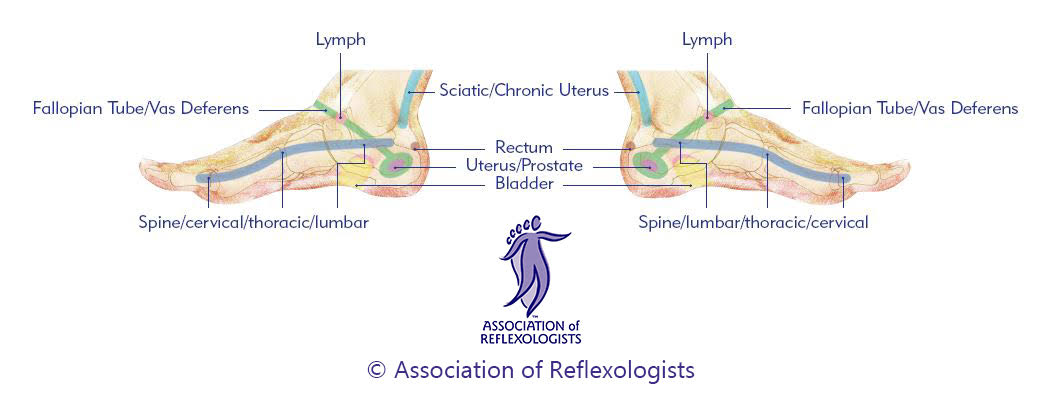
Reflexology is a non-invasive touch therapy based on the theory that the body is mapped out on the feet and hands. Various points, or reflexes which are located within ten longitudinal zones on the soles of the feet and palms of the hands, correspond to different organs and tissues in the body. These reflexes are stimulated by gentle pressure which encourages the release and flow of energy. This promotes self-healing, relaxation and creates a state of balance within the body.
The practice is believed to have originated from ancient Egypt, India and China. Native Americans and Europeans were also using similar techniques as a method of pain relief, and over time the theory of 'energy zones' evolved. The concept of energy zones was introduced to the West in the early twentieth century by Dr William Fitzgerald and is the cornerstone of mmodern reflexology.
Reflexology is a Complementary and Alternative Medicine (CAM) therapy and is recognized as such by the NHS. It is safe to use alongside mainstream healthcare but should not be used as a substitute for medical advice. Reflexologists do not diagnose, cure or prescribe.
